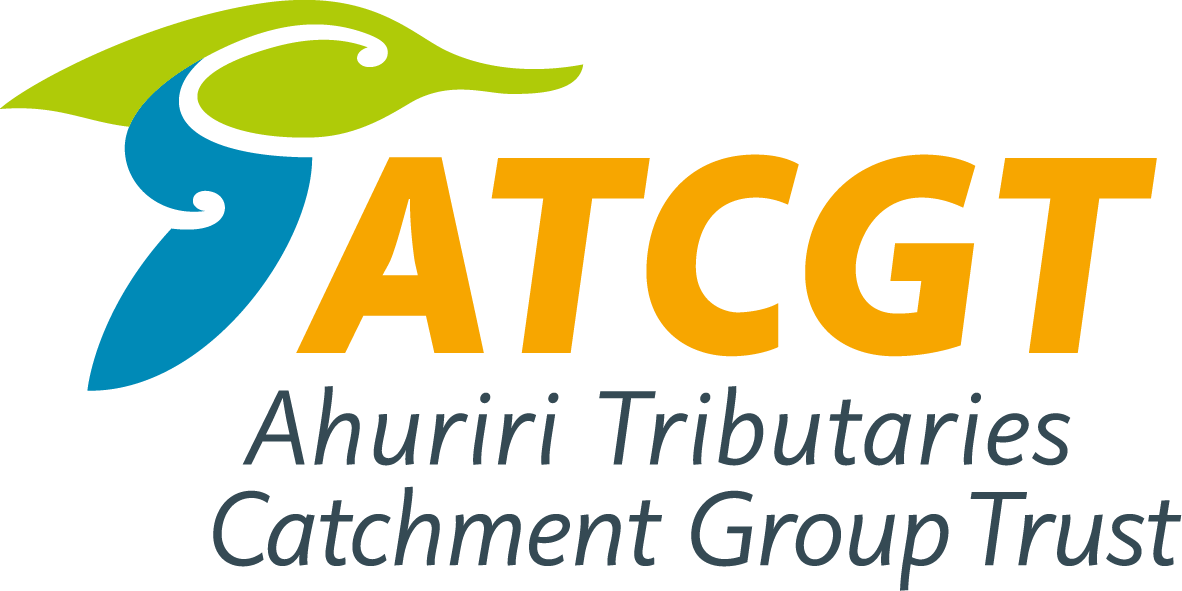About Us
About the Ahuriri Tributaries Catchment Group Trust
The Ahuriri Tributaries Catchment Group Trust (ATCGT) is a group dedicated to creating a thriving catchment and improving the ecological integrity of the Ahuriri catchment and the water flowing from it, into Te Whanganui a Orotū (the Ahuriri Estuary), a unique and precious ecological and historical estuary situated in Napier and fed by tributaries from nearby rural and urban land.
The estuary is a taonga to many of us who reside in the catchment – landowners of small and large blocks, businesses, and iwi. But the health of the estuary has degraded and continues to degrade as the land surrounding it has been developed. Run off from rural land in the catchment (large farm operations and small lifestyle blocks), along with septic tank draining and sourcing fresh water from bores have all negatively impacted the water quality of the estuary.
There is a need to build the awareness within the catchment of the impacts each of our activities has on our respective land and property and ultimately on the estuary.
We want to inspire people to protect and enhance the wellbeing of our catchment. Our goal is to become a valued and trusted co-ordinator, motivator and facilitator of efforts, working with landowners to improve the land and freshwater conditions across all sectors in the Ahuriri catchment. We will encourage, support and demonstrate good practice for freshwater management activities, biodiversity, and climate resilience. Where possible we will work with other organisations involved in the catchment to build strong community involvement.
Post Cyclone Gabrielle we have identified a need to support landowners including farmers and small block holders in the catchment. The cyclone has initiated wider community conversations about sustainable practices to recover and build resilience for future events. These conversations have signalled that landowners want to learn and embrace change.
We seek to bring this diverse community with different needs together, to work towards the common goal of improved health and environmental outcomes for Ahuriri waterways, with a resulting positive impact on Te Whanganui a Orotū. Our help will be available to all, but our purpose will fill the gap we see existing for small block landowners.
About our visual identity
Our logo captures the landscape and the fauna that live within it. Over time it will signify the results of the work we are undertaking within the Te Whanganui a Orotū (Ahuriri Estuary) catchment – the enhancement of the landscape and the flourishing of the flora and fauna.
A first look the visual identifier presents a Kuaka (Bar-tailed godwit) to the viewer but on a second glance the landforms of valleys and hills become apparent with a river and then estuary flowing from it. Within the mark the koru represents growth and transformation, while presenting a sense of connection. It resonates with our values and aspirations to grow our community and improve the environmental condition of Te Whanganui a Orotū.
The green and blue colours of the visual identifier create a direct connection to the landforms; with the specific hues providing an aspirational sentiment to the overall mark. Complementing these colours is the gold of the logotype, with this suggesting the areas of land raised in the 1931 earthquake and the greater estuary.
Partners of the Ahuriri Tributaries Trust
We can’t do this work alone and work closely with a number of different organisations and groups. We are grateful for the funding from Ministry for Primary Industries that makes our work possible.
The Ahuriri Catchment Group Trust Board and Team
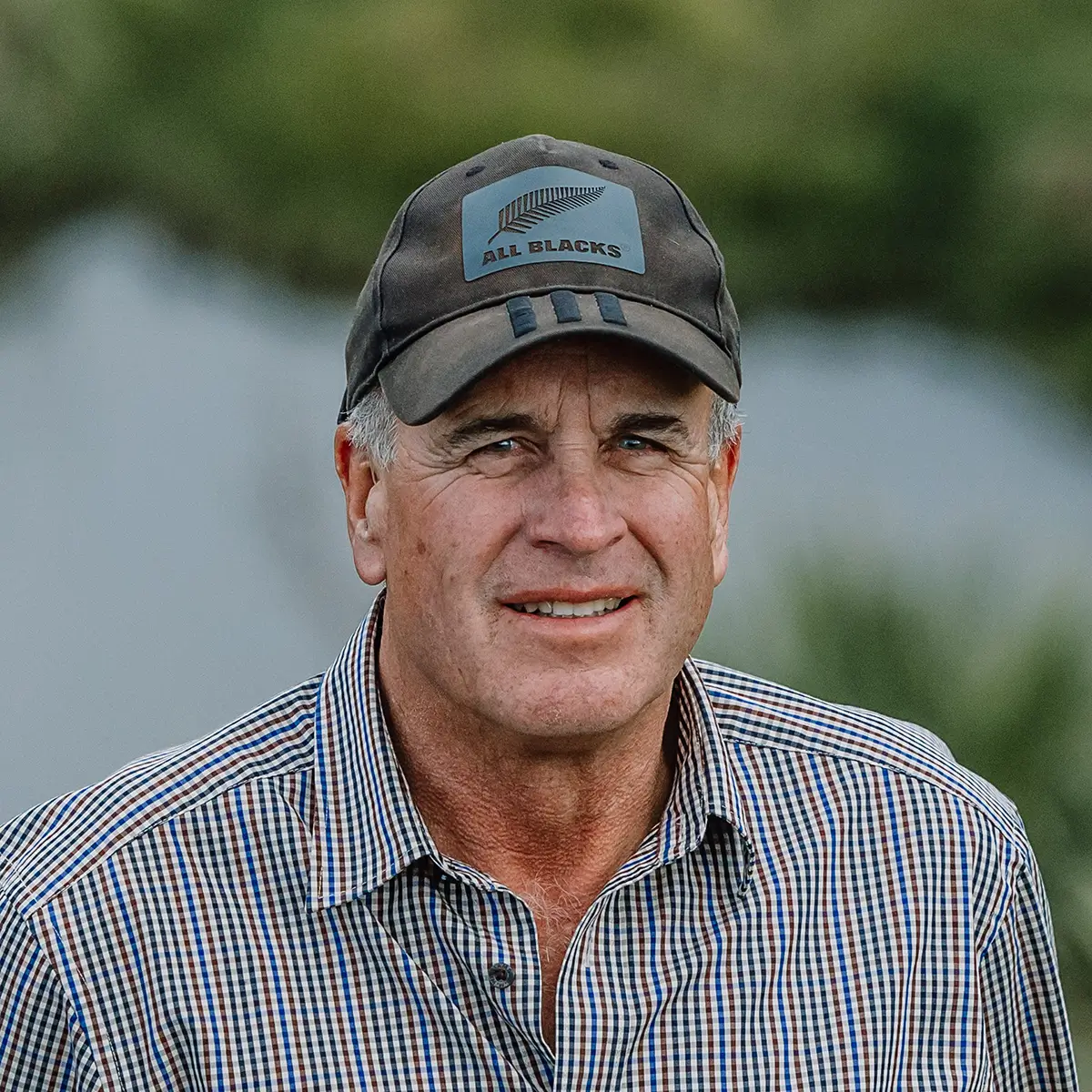
Robert Pattullo
Chair
Robert, together with his wife Helen, are the owners of “Newstead”, a 930 hectare livestock farm at the western edge and headwaters of the Ahuriri tributaries catchment leading into the Ahuriri Estuary – Te Whanganui a Orotū.
Newstead runs predominately cattle in a sustainable manner utilising a pasture-only system, destocking entirely over the summer months. A reticulated stock water system services the whole property enabling all waterways to be fenced off and planted with indigenous varieties.
The steeper, more erosion-prone land is gradually being retired into a mix of plantation forestry and mixed species. The Patullos implemented their first environmental farm plan in 2007 and this has been the basis for developing the environmentally sustainable management plan for Newstead in subsequent years.
This was the platform for the natural progression to becoming involved in a community-led catchment group covering the catchment in which Newstead is based. With a small group of other like-minded locals, the Ahuriri Tributaries Catchment Group Trust was formed in 2022. Funding was successfully applied for and a range of programmes implemented for the catchment including freshwater quality testing, small block landowner assistance in protecting their land, and a number of community events to assist in the aftermath of Cyclone Gabrielle. The long term vision for the catchment group is to restore the health, biodiversity and wellbeing of the surrounding land and the tributaries flowing into the Ahuriri Estuary through good land management practice in the catchment.
Robert now chairs the Ahuriri Tributaries Catchment Group Trust with a group of very passionate and qualified trustees. The ATCGT is very ably assisted in its daily extension activities by its part time coordinators working in the field. In turn this work becomes the impetus for further environmental improvement back on the land that Robert and Helen farm, and has been farmed by their wider family for more than 100 years.
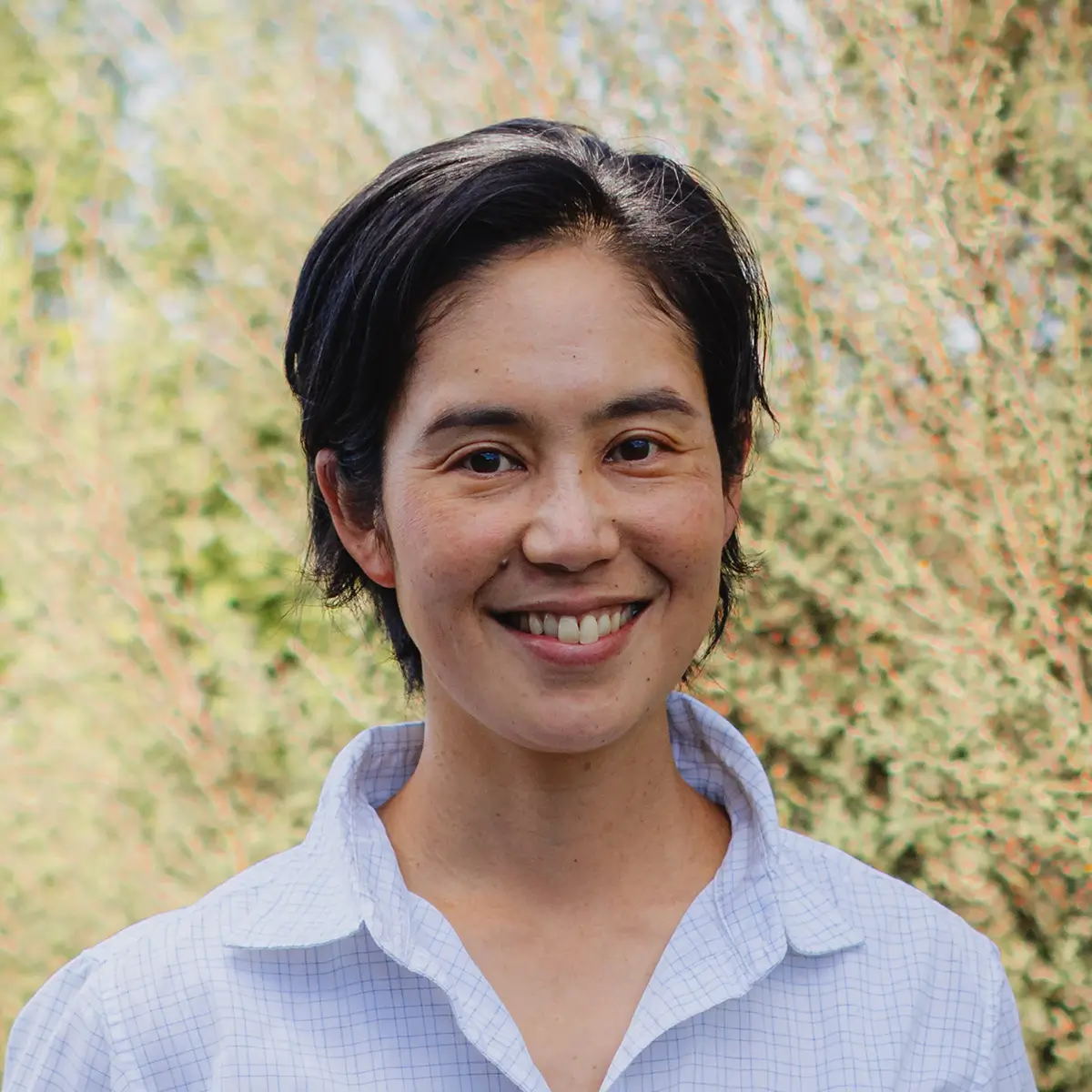
Keiko Hashiba
Trustee
Keiko is an ecological consultant, with many years’ experience in botany and ecology. She works with her team on ecological restoration projects across the country, many of which have long-term goals of restoring mauri (wellbeing or life force), of the place. Keiko came to New Zealand from Japan in 2007 on secondment to work for local forestry and wood processor Pan Pac Forest Products, as the Forestry Business Development Manager.
When she realised that she liked New Zealand and wanted to stay, she decided to jump-ship, joining Hawke’s Bay Regional Council. Working in the HBRC gave her the opportunity to work with a diverse array of stakeholders across Hawke’s Bay, and understand the range of perspectives held about the environmental challenges we face, locally and globally.
Around ten years ago, Keiko and her partner James, purchased a four-acre block of steep, gorse-infested land in the Ahuriri tributaries catchment. Being a botanist and with a craving for native bush, they set off on the journey of converting the property from gorse scrub to native forest. Their land is Keiko’s living canvas and laboratory, where she implements the key principles of ecological restoration; planting species native to the region and that have specific roles in the specific phase of the ecological restoration and succession. Most of the plants have endured the recent drought, heavy rain and cyclone, and the place is beginning to heal.
Keiko is the newest member of ATCTG, joining in 2024, to bring in knowledge and experience in ecology and restoration, especially the journey of restoring and transitioning from gorse to native bush on their land. It is hoped that Keiko and James’ example will serve as inspiration to others in the catchment area.
When not working, Keiko is gardening, running, or baking.
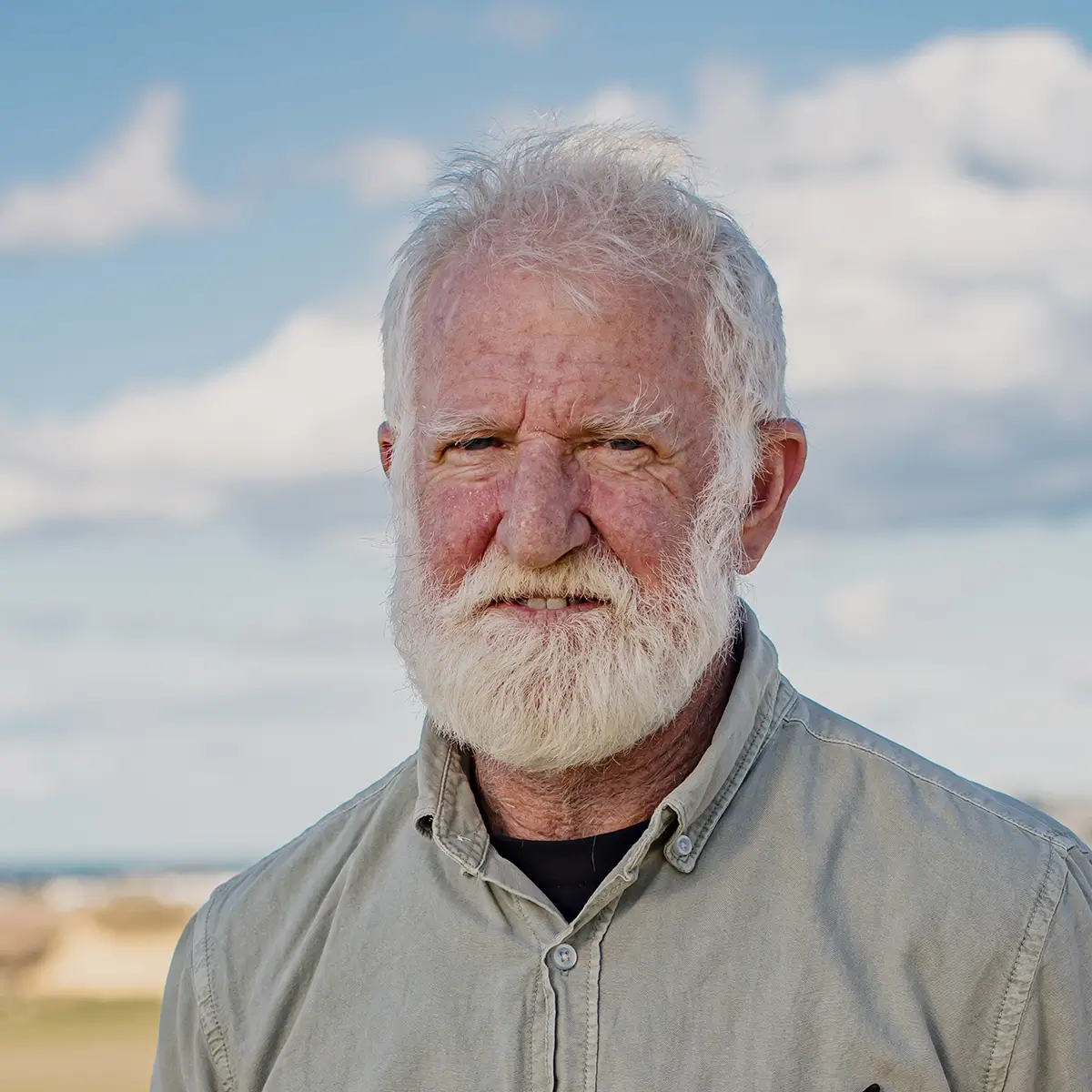
Phillip Schofield
Trustee
Phil is a retired farm consultant, and soil scientist with a background in soil conservation and farm system management, and holds a PhD in soil microbiology and plant science. His entire career has been in and around horticulture and agriculture helping farmers and growers to build soil health and pasture and crop nutrition. In “retirement” he continues working with a few farmers to help improve soil health and environmental outcomes on their properties.
Phil is also the Chair of Hawke’s Bay Future Farming Trust which was established by Hawke’s Bay Regional Council . HBFFT’s mission is to inspire, promote, and celebrate profitable farming systems that enrich the environment and the community.
Born in Hawke’s Bay, Phil lives on a 50 hectare lifestyle block adjacent to Te Whanganui a Orotū, the Ahuriri Estuary, with his wife Marty. Their farmland is increasingly being planted in native bush, as it’s the best land use for the site. As he is keen to improve outcomes for Te Whanganui a Orotū, Phil became involved in the ATCTG when it was first established.
When not on a farm or in a meeting, you will find Phil on his boat in Hawke’s Bay chasing fish.
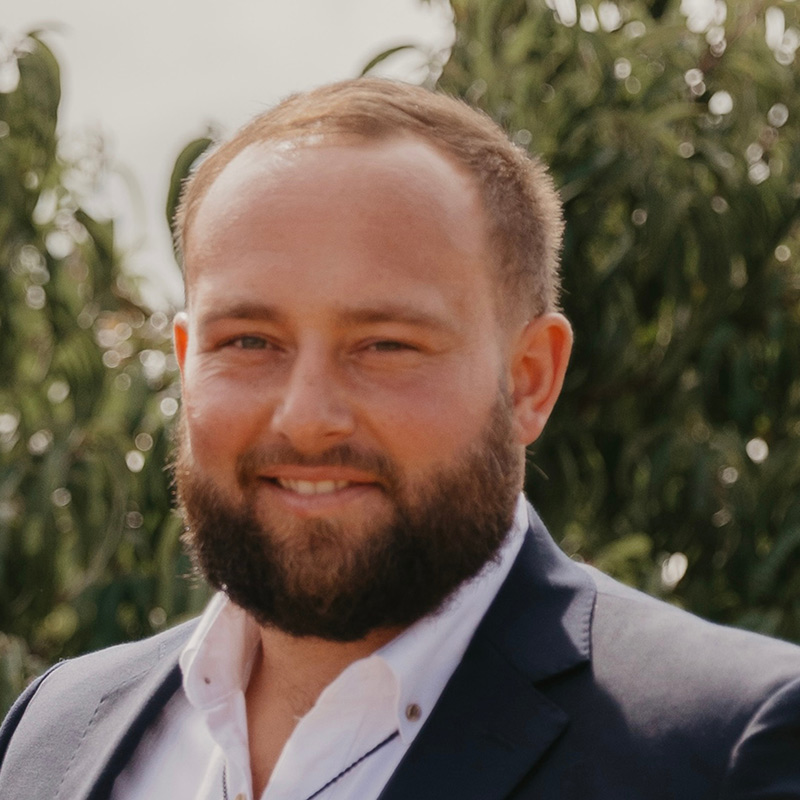
Wiremu Cottrell
Trustee
Tēnā koutou katoa
Ko Wiremu Hohaia Cottrell ahau
Nō Puketapu ahau
Kei Ahuriri ahau e noho ana
I te taha o tōku Pāpā, ko tēnei toku pepeha
Ko Kohukete te maunga
Ko Kaikoura te awa
Ko Takitimu te waka
Ko Ngati Kahungunu te iwi
Ko Ngati Hinepare ngā Tawhao me Ngati Mahu ōku hapū
Ko Wharerangi te marae
Nō reira, tēnā koutou, tēnā koutou, tēnā koutou katoa
Kia ora I am Wiremu. I am a livestock representative for Alliance Group Ltd and prior to this I was an Agribusiness Partner with BNZ. I have a Bachelor in Agri Commerce majoring in Farm Management through Massey University. I am a trustee of Te Awahohonu Forest Trust which is based in Hawke’s Bay, and owns and operates two large scale sheep and beef farms and a commercial forest. I grew up on Puketitiri Road which is where our whānau marae Wharerangi is located. We swam and fished for Koura in the local awa and listened to stories of our ancestors gathering kai from Te Whanga (Te Whanganui a Orotū – the Ahuriri Estuary). It would be great to restore this for future generations. My interests outside of work are spending time with whānau and friends, farming, rugby, deer hunting and duck shooting.
Ngā mihi nui ki a koutou katoa
Nō reira, tēnā koutou, tēnā koutou, tēnā tātau katoa
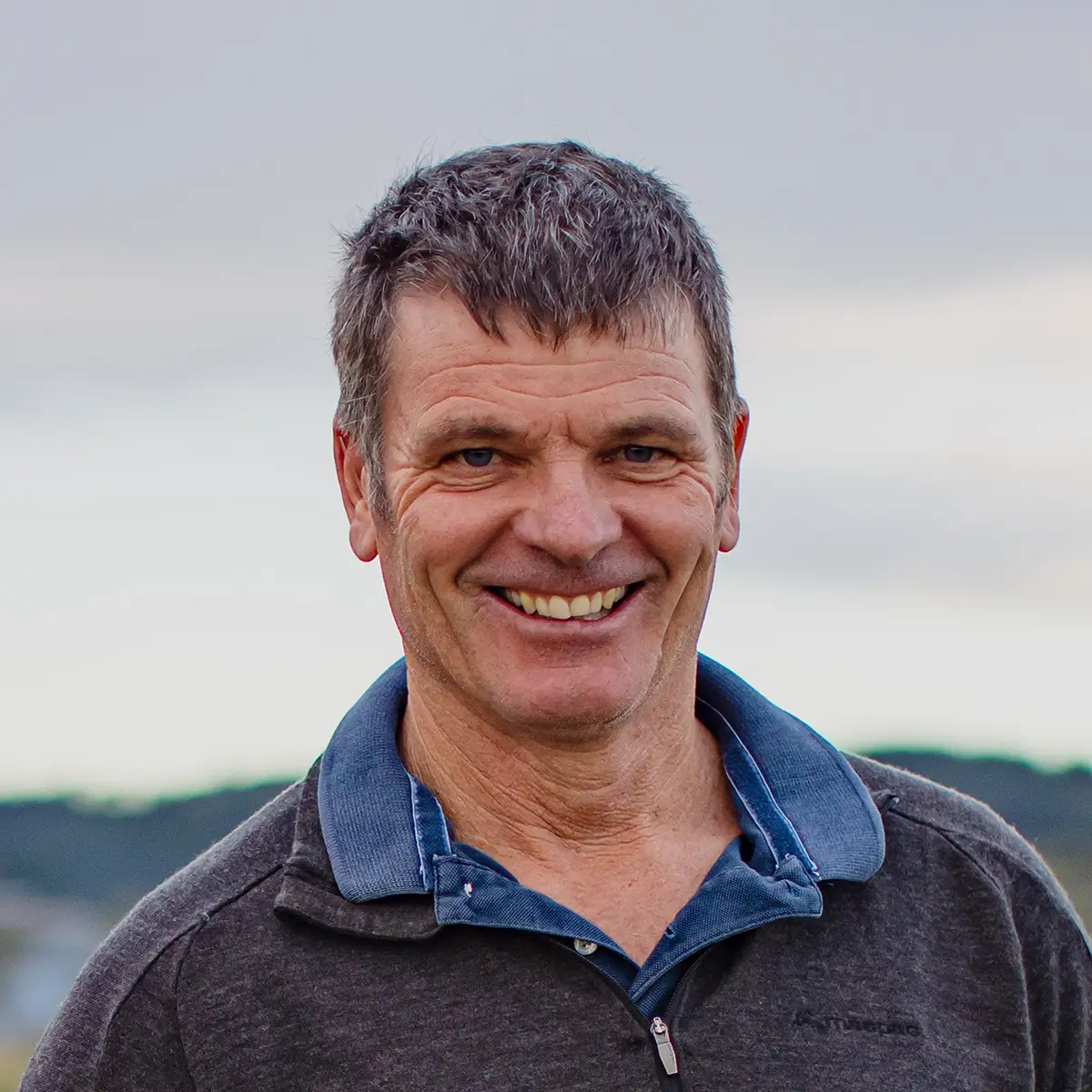
Matthew Truebridge
Lead Coordinator
Matthew is a semi-retired sheep & beef farmer. Growing up in the Central plateau of Lake Taupō, Matthew was an agricultural contractor up until his 40s. During his contracting career, he was able to purchase his first farm on the western shores of the lake at Waihaha. During this period of farm ownership, Environment Waikato introduced the Lake Taupō Catchment scheme for Nitrogen reduction.
As an early adopter Matthew quickly transformed his farming practices within this regulation and won the National Ballance Farm environment award in 2005. This was in recognition of improving farm practices, nutrient management, and farm environmental consideration in a sensitive catchment on the edge of the lake.
Moving to Hawke’s Bay in 2010, Matthew and his wife Megan bought and farmed a property at Aorangi Rd, Maraekakaho. In 2016 they moved to a 470ha block at the top of Dartmoor Road. Both of these farms required intensive development while remaining conscious of a healthy respect for the environment. Voluntarily retiring marginal areas of the farm including wetlands, streams and steep erosion-prone land was very rewarding. The return of the Bush Falcon (Karearea), Kereru and Kotare (Kingfisher) was very encouraging and stimulating. Additional to this Matthew and Megan had 37ha in a QE2 covenant where once all of the goats were removed, had a phenomenal biodiversity response.
In 2022, Matthew and his family moved to an 8ha lifestyle block at Brooklands Station in Puketapu, in the middle of the Ahuriri Tributaries catchment. His role as a catchment coordinator gives him the opportunity to continue advocating for improving land management practices. He is a huge advocate for the revival of indigenous species, for the land and as the lifeblood of our biodiversity. The Ahuriri Tributaries Catchment Group Trust goal of improving fresh water is a wonderful initiative to restoring the natural taonga of the Ahuriri Estuary.
Away from work, Matthew has always enjoyed helping out in his local community and has spent 10 years as a volunteer firefighter, a member of Coastguard, and in search and Rescue in the Southern Lake Taupō region. He is actively involved in the local school community and spent several years as a board member of Hohepa Homes Hawke’s Bay.
Matthew’s personal interests involve family time and boating on Lake Taupō, bike packing, mountain biking, adventure riding, hunting, snow skiing and horse riding.
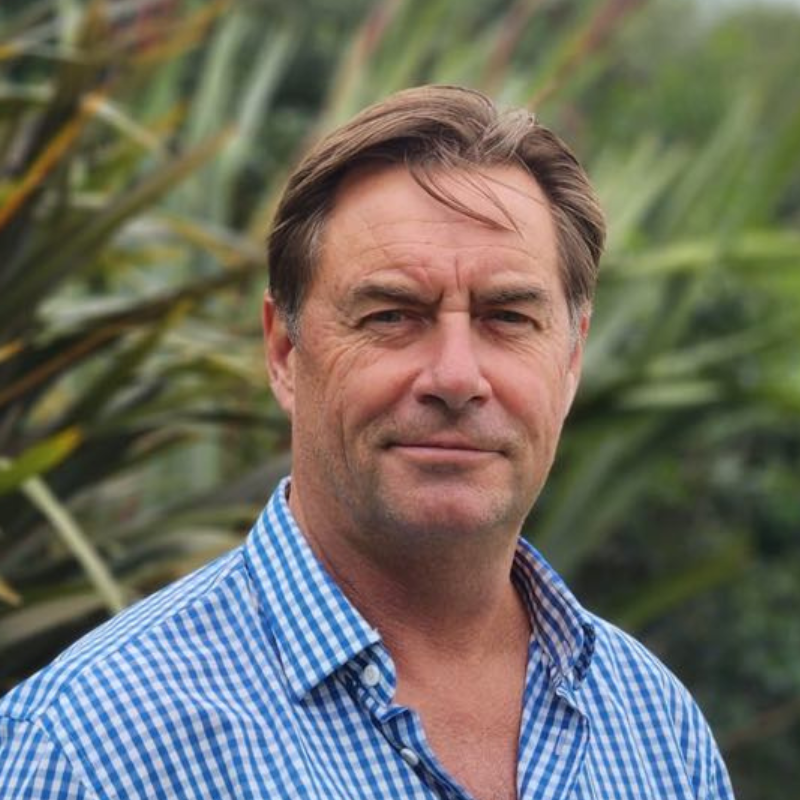
Peter McIntosh
Catchment Coordinator
Peter is Hawke’s Bay born and bred and brings a strong a varied career background to his part-time role as Catchment Group Co-ordinator. He has a keen interest in conservation and the preservation of New Zealand flora and fauna, and this is reflected in his academic qualifications, career experience, and volunteering for conservation projects.
Pete holds a Bachelor of Science degree from Victoria University, with a double major in zoology and ecology. After graduating, Peter completed his OE, travelling throughout the US and Europe from his base in the United Kingdom.
After five years of travel, in 1994 Peter started working in the UK’s medical industry, developing skills training courses for the Royal College of Surgeons. This initial role led to a series of increasingly senior roles within the surgical training sector, in the UK, Australia and China. After the conclusion of his role in China, Peter relocated to Western Australia and a role with Department of Conservation and Land Management.
On his return to Hawke’s Bay in 2006, Pete’s career continued in conservation and science with roles at DOC, Hawke’s Bay Regional Council, and Fish and Game New Zealand, all focussed on monitoring, protecting and advocating for our natural environment and biodiversity. Since 2015, Pete has established a glamping tourist accommodation business on his lifestyle property in the Tukituki Valley, where he has planted 4,500 native trees. For the past four years, Pete has also worked as a sales consultant for local solar energy companies.
Pete’s volunteer work includes two assignments for DOC; working on a supplementary feeding programme to improve breeding frequency and success for Kakapo on Little Barrier Island, as well as a Brown Teal breeding programme to breed the Teal in captivity, and recording survival rates of birds in their natural habitat. He has also volunteered overseas, completing a three month sabbatical on Mahe Island in the Seychelles, developing and implementing an eradication plan for pest birds on the island.
From his roles in the Bay, Pete has an in-depth knowledge of Hawkes Bay fresh water and coastal environments. He also has a large network of local connections and working relationships built over many years with people from different backgrounds who share a common drive to protect our waterways and biodiversity. His main responsibility with ATCGT will be to support small block landowners to implement mini fresh water farm plans to improve water quality and the resilience of their property from the effects of climate change and adverse weather events.
When he is not at work, Pete enjoys upland game bird shooting, big game hunting, salt and freshwater fishing, rugby and cricket, and chasing after his three “feral” labradors.
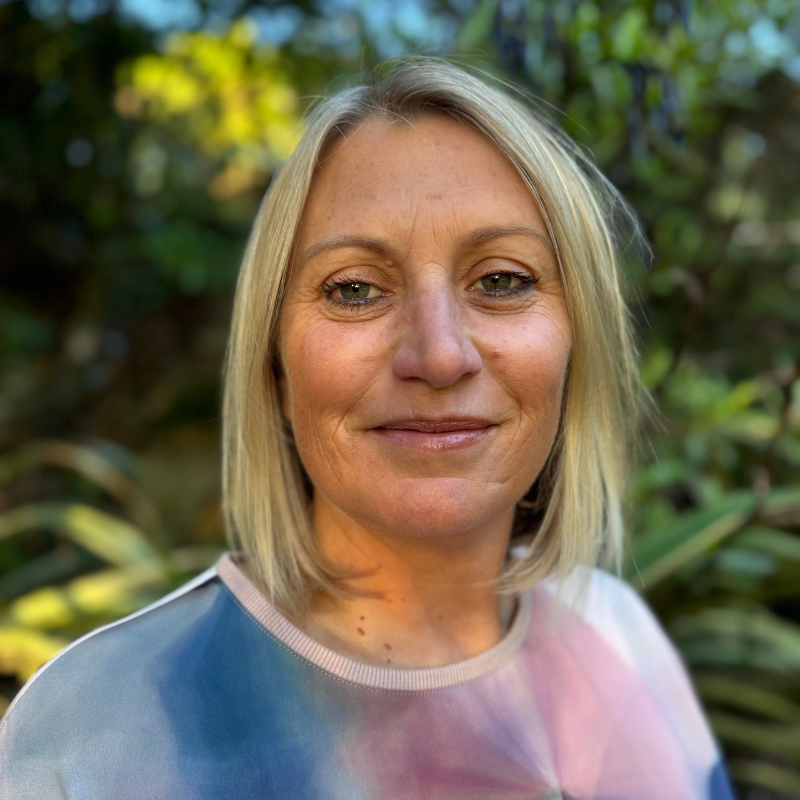
Angela Mackie
Secretary
Angela and her husband have lived in Puketapu for the past decade, raising their two children on a scenic two-hectare lifestyle block. Together, they have transformed their property from bare land into a thriving garden and bush area, reflecting Angela’s passion for gardening and environmental stewardship.
With over 30 years of experience in marketing and administration across sectors including finance, tourism and construction, Angela has built a diverse and accomplished career. Alongside this, she and her husband run a successful Agricultural Water Filter business, based on an invention her husband originally designed as a high school science project.
Angela is deeply rooted in her community and was instrumental in establishing the local community hub and Cyclone Gabrielle Relief Fund, rallying support and resources during the cyclone’s aftermath. Her continued commitment to community recovery led her to collaborate with the Ahuriri Tributaries Catchment Group (ATCGT), where she manages all aspects of administration to support their environmental and community focused initiatives.
In her free time, Angela enjoys spending time with her family and friends, baking, walking, practicing pilates, regular beachside saunas and swims, and taking daily ice baths. She also cherishes moments with her beloved 14-year-old schnoodle, Ralph, ruler of her household.
